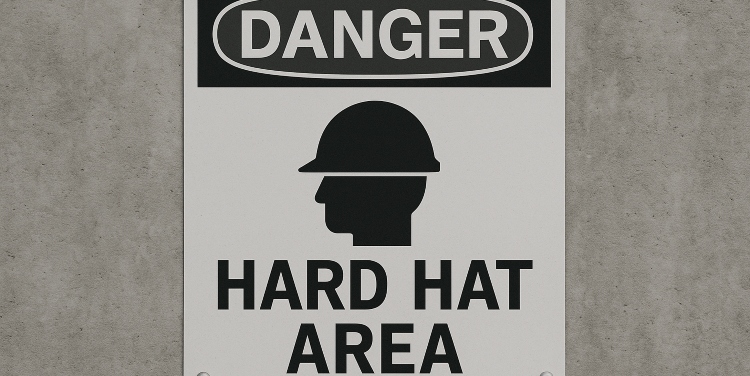In construction, safety and compliance are non-negotiable. The integration of effective signage is crucial in maintaining these standards on site. As regulations evolve, understanding and implementing the right signage becomes more critical than ever.
Ensuring safety and compliance on construction sites is essential for protecting workers and maintaining project integrity. Effective construction signage plays a vital role in communicating safety protocols and guiding site navigation. With the continuous evolution of regulations, it is important to stay informed and implement appropriate signage solutions. This article explores the importance of signage in construction safety, the regulatory requirements for compliance, and the impact of technological advancements on signage solutions.
The importance of signage in construction safety
On construction sites, clear and effective signage is a necessity. Different types of signs serve distinct purposes, each contributing to overall site safety. Warning signs alert workers to potential dangers, such as areas where heavy machinery operates. Directional signs guide personnel safely around the site, minimising confusion and reducing the likelihood of accidents.
Informational signs provide essential details about specific tasks or areas that require caution. By clearly displaying these signs, you ensure that everyone on site is aware of the hazards and knows how to navigate them safely. This proactive approach to risk management is crucial in preventing accidents and ensuring compliance with health and safety standards.
Regulatory requirements for compliance
Compliance with regulatory standards is vital for maintaining safety on construction sites. Specific guidelines dictate the placement and type of signage used throughout projects. These regulations are designed to prevent accidents by ensuring that all workers are informed about potential risks and necessary precautions.
By following these guidelines, you create a safer working environment where the risk of injury is minimised. Furthermore, compliance with these standards helps protect your organisation from legal liabilities and enhances your reputation as a responsible entity within the industry. Embracing these regulations not only safeguards your workforce but also contributes to the overall success of your projects.
Technological advancements in signage solutions
Recent technological innovations have transformed how safety can be enhanced through signage on construction sites. Digital displays offer dynamic ways to present information, allowing for real-time updates that keep everyone informed of changing site conditions. This flexibility ensures that your signage remains relevant and effective at all times.
Smart signage systems have further advanced site communication by integrating with other safety technologies. These systems can alert workers to immediate dangers or changes in site protocols through connected devices. By adopting these modern solutions, you not only improve site safety but also streamline communication processes, making your operations more efficient.
David Prior
David Prior is the editor of Today News, responsible for the overall editorial strategy. He is an NCTJ-qualified journalist with over 20 years’ experience, and is also editor of the award-winning hyperlocal news title Altrincham Today. His LinkedIn profile is here.











































































